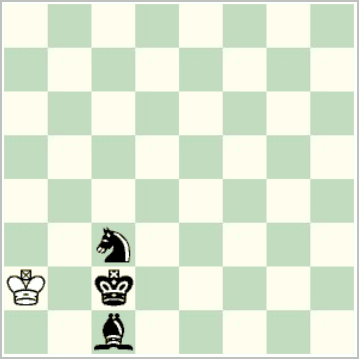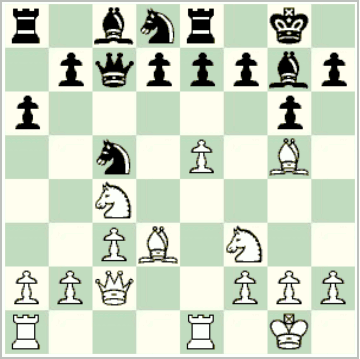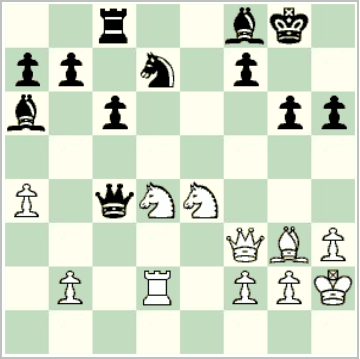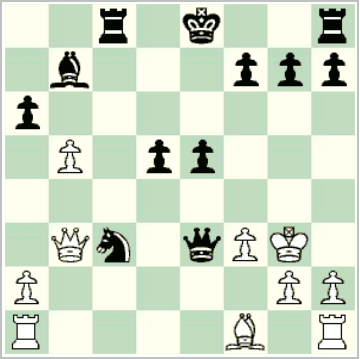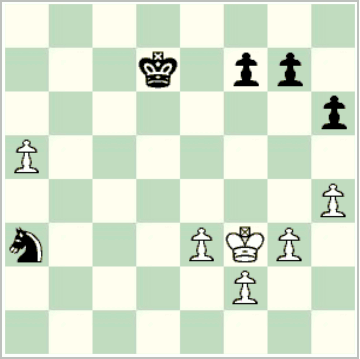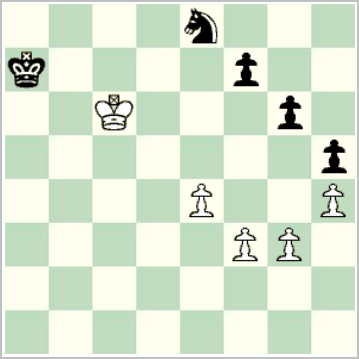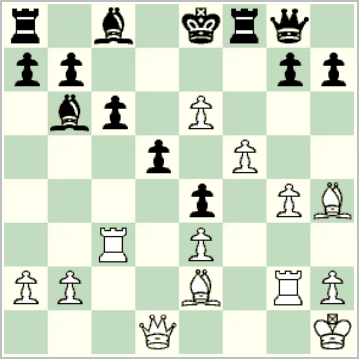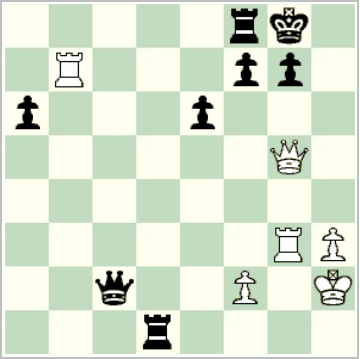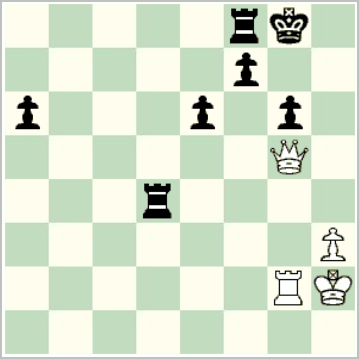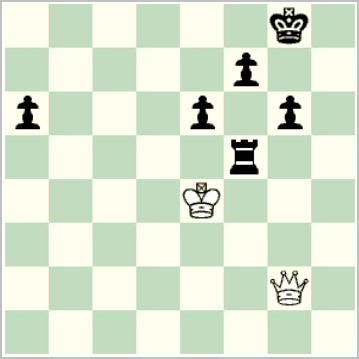The last round of the Leinster leagues took place on Sunday. Congratulations to Knights of Éanna / Rathmines for an emphatic win in the Armstrong Cup, their first as a merged club. The Armstrong Cup page here has been updated.
Malahide had an excellent year and finished second; I’m not immediately sure if they have ever finished so high. Going into the last day, they had quite a reasonable chance of getting into a playoff with Knights of Éanna / Rathmines, because the margin between the teams was affected by many walkovers. My calculations indicated that if Malahide needed to score 1½ points more on the last day to force a playoff.
In the event, Knights of Éanna / Rathmines had a comfortable 5½ – 2½ win against the relegated St. Benildus B, while Malahide were beaten by defending champions Dublin by the same margin.
Board 3 in the Dublin – Malahide match featured a spectacular queen sacrifice and king hunt, one of the best I have seen in quite some time, which Jonathan O’Connor posted on X on Tuesday.
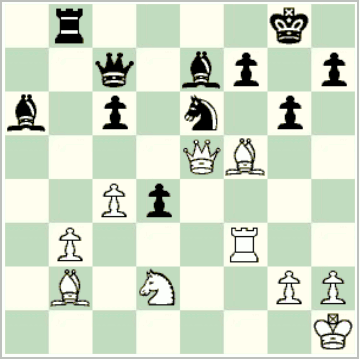
Dublin – Malahide (3)
White to play
In the diagrammed position, Cyro Corte Real Neto, for Dublin, played the thunderbolt Qxe6!!??. Patryk Brozynski did not see a mate and captured the queen quickly. I’ll leave this as an exercise: how should play continue?
Jonathan also posted his own game from the same match, on board 1 versus Shane Melaugh, on X, and he analysed it thoroughly with Mark Quinn on Mark’s Twitch channel earlier this week: see video. The game was entertaining, and the video was very instructive and worthwhile.


